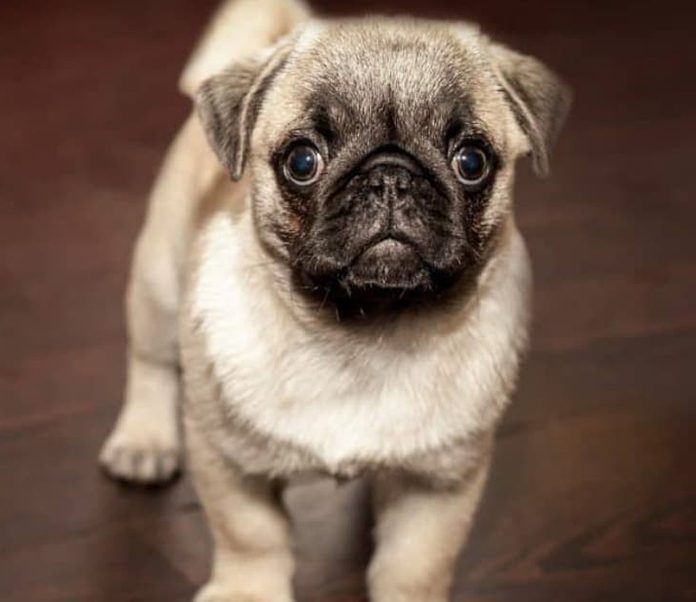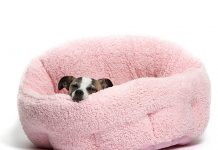Teaching your new puppy to use the bathroom at the right time and in the right place is one of the most important parts of training. Use these three key puppy potty training tips to teach your pup to go where you want them to go.
Potty training a new puppy can seem like a challenging task, especially when you’re faced with all of the other aspects of making a pup feel safe and comfortable in their new home. But housebreaking your dog is a great way to introduce training and routine into their life, and it gives you and your dog opportunities to bond. Check out these helpful tips for training your dog to use the bathroom outside.
Key 1: Consistency
Routine
Dogs are creatures of habit and they appreciate routine. For example, have you ever noticed how dogs ask to go for a walk at about the same time every day? That’s why one of the major keys to potty training your pup is to implement a routine and keep it as consistent as possible.
Start by setting up a feeding schedule. When your puppy is young, they will likely need to go to the bathroom soon after eating. Take your pup outside about 30 minutes after eating to encourage them to associate using the bathroom at the end of a meal.
Tip: Puppies need to relieve themselves more frequently than adult dogs. While you’re training and learning, try to take your pup out every 20-30 minutes to prevent accidents in the house.
Commands
Before taking your dog out, introduce a verbal command like, “let’s go out.” After repetition, your puppy will start to associate these words with going to the bathroom. Make sure to pick a different phrase for when you take your dog out to play, so that they don’t get confused.
Location
Designate a spot in the yard where you want your puppy to relieve themselves. Take them out on a leash so that you can control their range of access, limiting them to the specific area. Also make sure to let your dog out at the same door so they learn where to go when they need to notify you of their bathroom needs.
When you take your puppy outside to their designated bathroom spot, they’ll probably sniff and circle a few minutes before deciding where to go. However, there will be times when you’re in a hurry and wish your puppy to do their business quickly. As you begin housebreaking your dog, introduce a verbal command when they start circling, such as “go potty,” so they will begin to associate those words with relieving themselves.
With repetition and consistency, your puppy will learn what they’re supposed to do and where they’re supposed to go. These habits will become routine as your puppy ages into adulthood, leading to almost no accidents in the house.
Key 2: Supervision
Puppies have boundless energy and curiosity. They will want to run all around the house, sniffing and exploring while they become familiar with their new environment. It’s important to keep a close eye on your puppy at all times as accidents can happen when you least expect them. Keep your pup in the same room with you while you’re potty training them. Your puppy might not know they need to relieve themselves until it’s too late. But if you are close by, you can spot them starting to squat and redirect them outside where they are allowed to relieve themselves.
Close doors and use baby gates to prevent your puppy from going into rooms where they cannot be supervised. This will confine accidents to one place. For times when you need to leave your puppy at home, you can keep them in a puppy-proofed room, such as the laundry room or mudroom. You can also crate train your new puppy.
Crate training your puppy offers many benefits, especially when it comes to potty training. Most dogs are reluctant to go the bathroom in their crate since they will be confined with it. This gives your puppy incentive to hold it until you come home and let them out.
Note: Crates are not a fool-proof method to prevent accidents, especially if you’re gone for long stretches of time. Keep in mind that your puppy might not be able to hold it for eight hours while you’re at work. Plan accordingly to let them out in the middle of the day. Neither of you wants them sitting in a soiled crate all day.
Key 3: Positive Reinforcement
As you’re teaching your puppy when and where is the right time to use the bathroom, it’s important to encourage them whenever they’re successful. When your puppy goes to the bathroom where they should, praise them and offer a treat or piece of kibble. Your dog may not always be able to understand your words, but they can understand tone of voice, and they’re certainly familiar with the language of food. When they know they’re doing the right thing, they will want to continue to do so to please you.
No matter how consistent or how vigilant you are accidents are bound to happen. And that’s ok! You’re both still learning. So when your dog has an accident, avoid yelling and harsh punishment. Instead, stick to their routine and continue to encourage positive behaviors. With love and patience, your new puppy dog will be housebroken in a matter of weeks.
Picture |
Name |
Price |
Description |
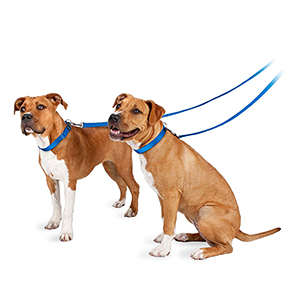 |
PetSafe Nylon Dog Leash | More | |
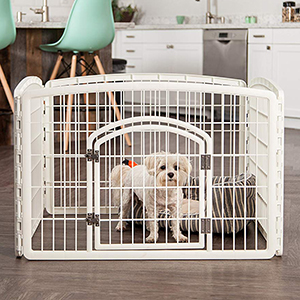 |
IRIS Pet Playpen with Door, 24-Inch | $42.03 | More |
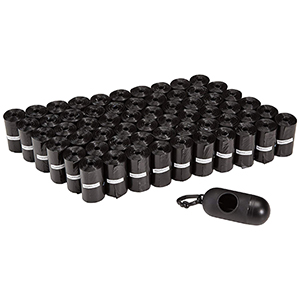 |
AmazonBasics Dog Waste Bags with Dispenser and Leash Clip | More | |
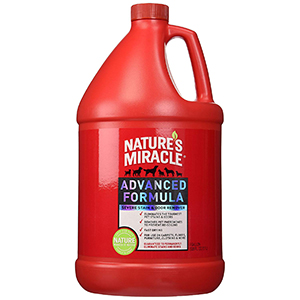 |
Nature’s Miracle Advanced Stain and Odor Remover Gallon | $25.99 | More |
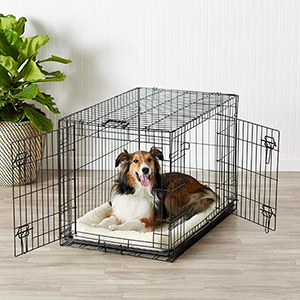 |
AmazonBasics Single Door & Double Door Folding Metal Dog Crate | More |














